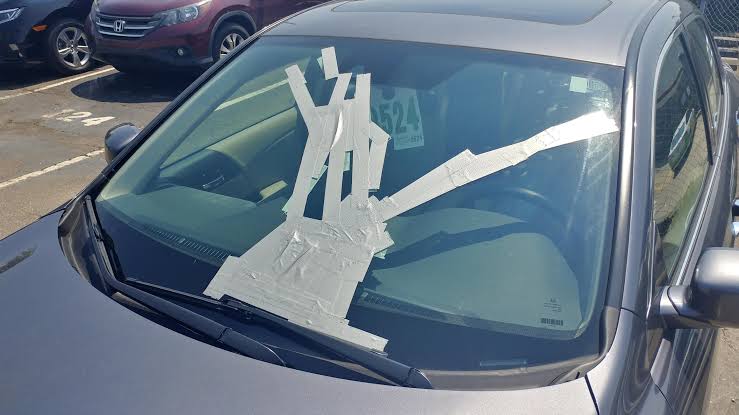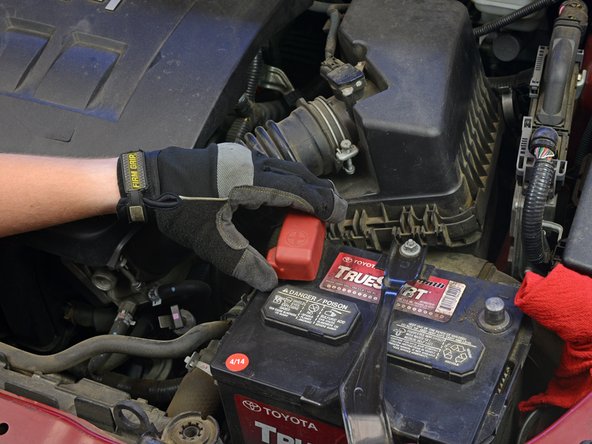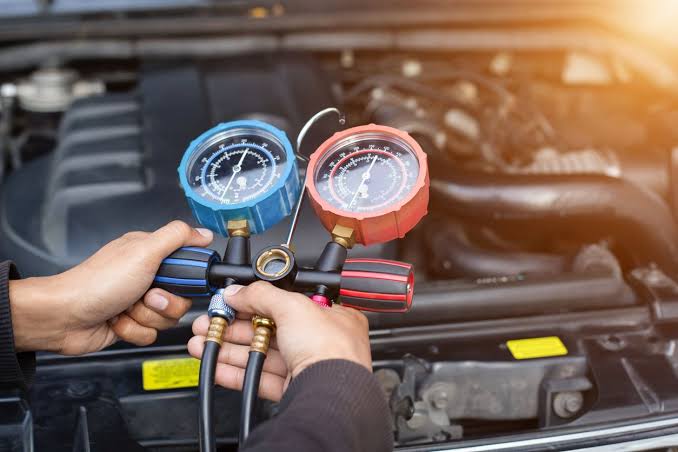Can You Put Coolant Directly Into the Radiator?

If you’re maintaining your car, one question that may arise is, “Can you put coolant directly into the radiator?” It’s essential to understand the correct way to add coolant to your vehicle to ensure it operates efficiently and avoids overheating. In this article, we’ll discuss the proper method for adding coolant, the role of the radiator, and the potential risks of doing it incorrectly.
Understanding Coolant and Radiators
Before diving into the process, let’s take a quick look at the role of coolant and the radiator in your car’s cooling system:
What is Coolant?
Coolant, also known as antifreeze, is a fluid that helps regulate the engine’s temperature by absorbing heat from the engine and dissipating it through the radiator. It’s a mixture of water and antifreeze that helps prevent freezing in cold temperatures and overheating in hot ones.
The Role of the Radiator
The radiator is part of your car’s cooling system, and it helps dissipate the heat absorbed by the coolant as it passes through. It works by using air flowing through the grille to cool the hot coolant as it circulates.
Now that we understand what coolant and the radiator do, let’s answer the main question: Can you put coolant directly into the radiator?
Can You Put Coolant Directly Into the Radiator?
The short answer is yes, you can put coolant directly into the radiator in certain situations, but it’s important to know when and how to do so. The process depends on your car’s specific cooling system design, whether the system is pressurized, and how much coolant is required. Here’s a step-by-step breakdown:
1. Ensure the Engine is Cool
Before adding coolant, it’s essential to let the engine cool down. Never open the radiator cap or the coolant reservoir cap while the engine is hot. The coolant system is pressurized, and opening the cap while hot could result in hot coolant spraying out, which can cause serious burns.
2. Locate the Radiator Cap
Once the engine has cooled, locate the radiator cap. In most cars, the radiator cap is located on top of the radiator, but some vehicles may have a reservoir or overflow tank where coolant is added. If your vehicle has an expansion tank, it’s usually safer to add coolant to this tank instead of directly into the radiator.
3. Check Coolant Levels
Check the current coolant levels before adding more. If the coolant level is below the required mark, carefully add coolant directly to the radiator until it reaches the fill line.
4. Use the Right Coolant Mixture
It’s important to use the proper coolant mixture for your car. Most vehicles use a 50/50 mix of antifreeze and water, but check your car’s manual for specific requirements. Never use just water or straight antifreeze, as this can lead to inefficient cooling or even damage the engine over time.
5. Replace the Radiator Cap
After adding the coolant, replace the radiator cap securely to ensure the system remains pressurized. If you’re adding coolant to an overflow reservoir, make sure to close that cap tightly as well.
6. Start the Engine and Check for Leaks
Once the coolant is added, start the engine and let it run for a few minutes. This helps the coolant circulate through the system. Check for any leaks around the radiator or hoses. If everything is in order, monitor the temperature gauge to make sure the engine isn’t overheating.
When Not to Add Coolant Directly to the Radiator
While adding coolant directly to the radiator can be done, there are times when it’s better to avoid doing so:
1. If Your Car Has a Sealed System
Many modern cars come with a sealed cooling system that includes a reservoir where coolant is added. If your vehicle has a sealed system, you should always add coolant to the expansion tank, not directly to the radiator.
2. If You’re Uncertain About the Coolant Level
If you’re not sure whether the radiator is low on coolant or if you suspect a leak in the system, it’s better to have your car checked by a professional. Continuing to add coolant without addressing the root cause of the issue (like a leak) can lead to more serious problems.
3. If You Don’t Know the Correct Coolant Type
Using the wrong type of coolant can cause damage to your vehicle’s cooling system. Make sure to check your vehicle’s manual for the correct coolant type and always use a high-quality, recommended product.
Risks of Adding Coolant Incorrectly
If you add coolant incorrectly, several issues can arise:
- Overfilling: Adding too much coolant can cause the system to become over-pressurized, which can lead to leaks or damage.
- Wrong Coolant Mixture: Using the wrong ratio of coolant and water can result in overheating, corrosion, or freezing in cold conditions.
- Burns or Injury: Opening the radiator cap when the engine is hot can result in hot coolant spraying out, leading to burns and injury.
Conclusion
In summary, yes, you can put coolant directly into the radiator as long as you follow the correct procedure. Always ensure that the engine is cool before opening the radiator cap, use the correct coolant mixture, and monitor the system for leaks after adding coolant.
For most modern vehicles, it’s better to add coolant to the overflow tank or reservoir instead of the radiator itself. If you’re ever unsure, it’s best to consult your vehicle’s manual or take your car to a mechanic to avoid causing damage to the engine or cooling system.
By following these steps, you’ll help maintain your car’s cooling system and ensure your engine runs smoothly and efficiently.
Also Check:
• Does the Car Need to Be Running When Adding Coolant?






2 Comments